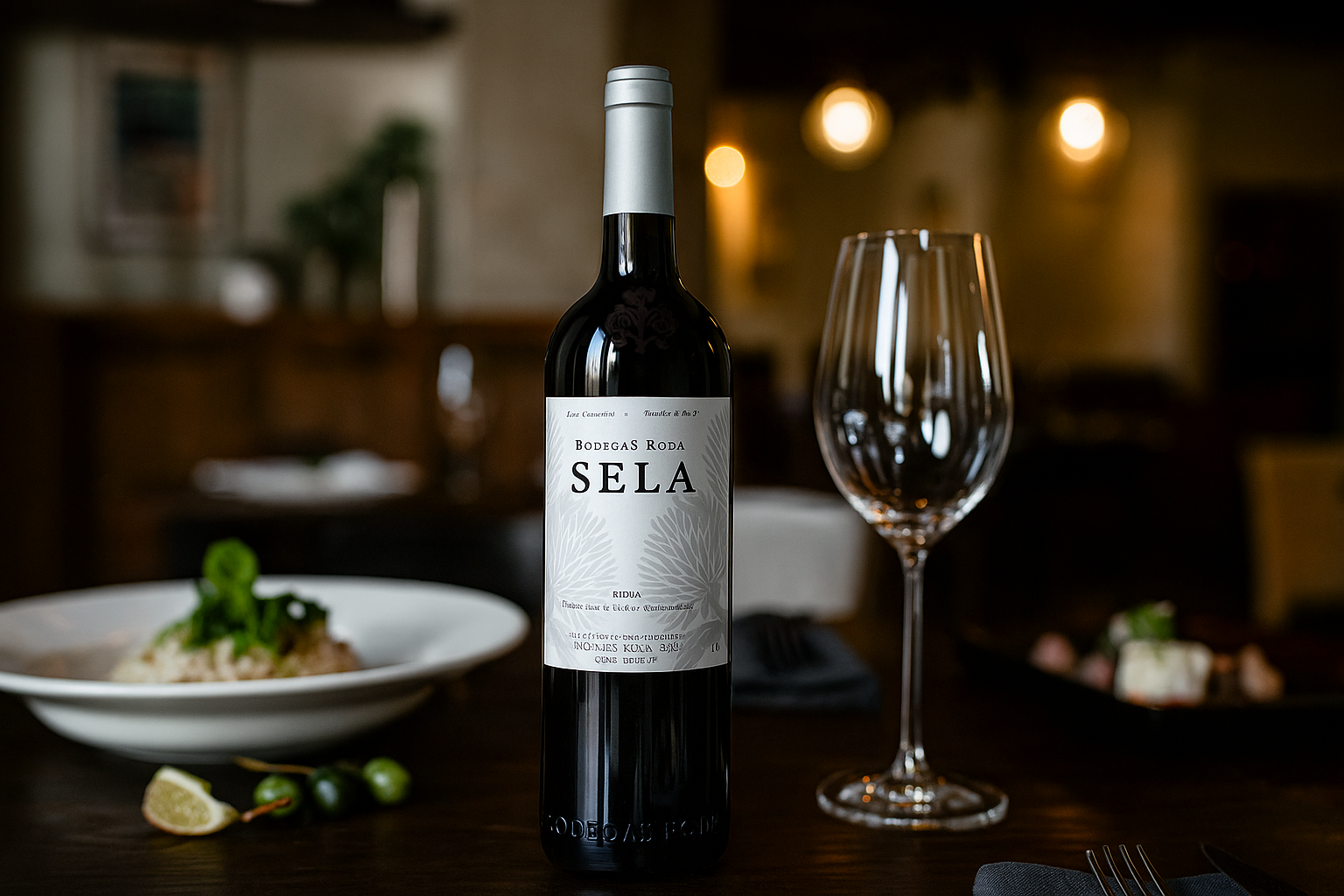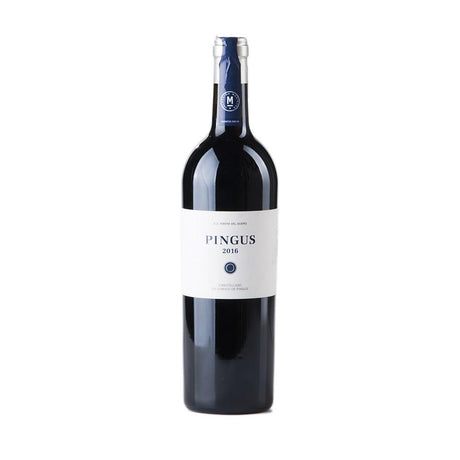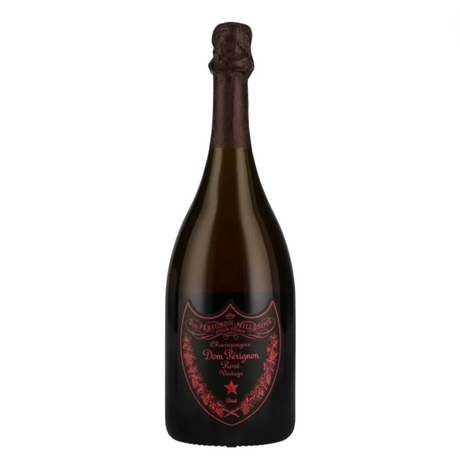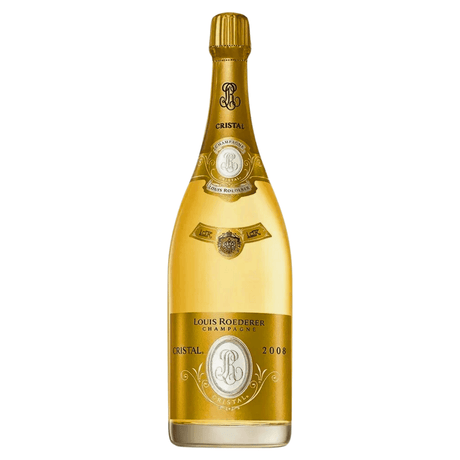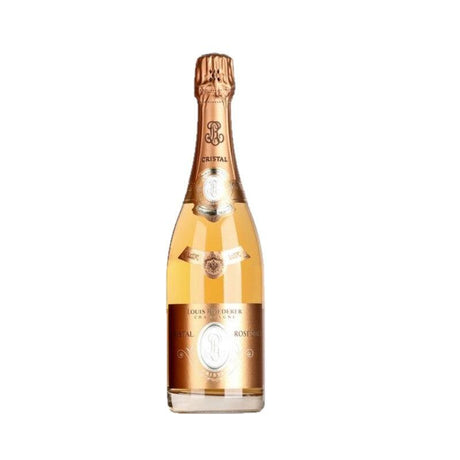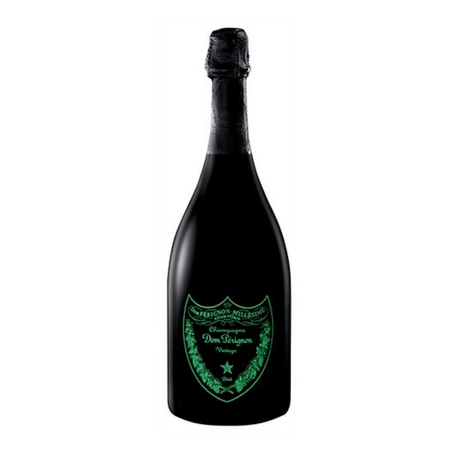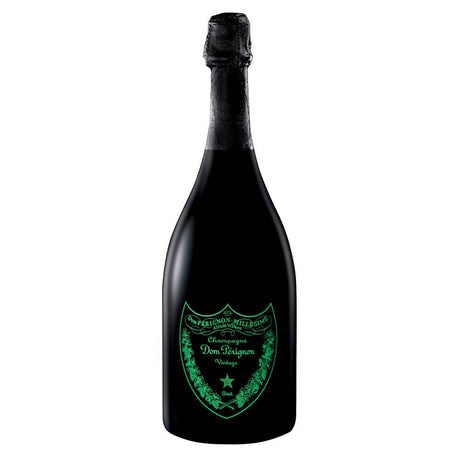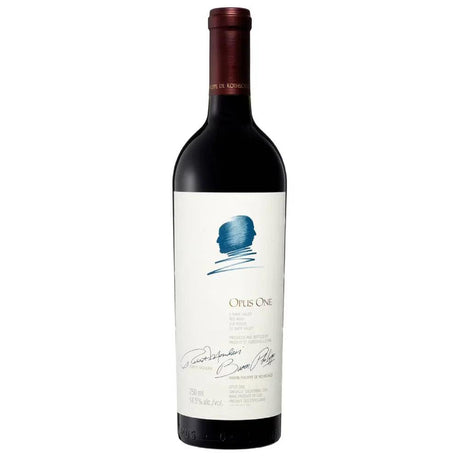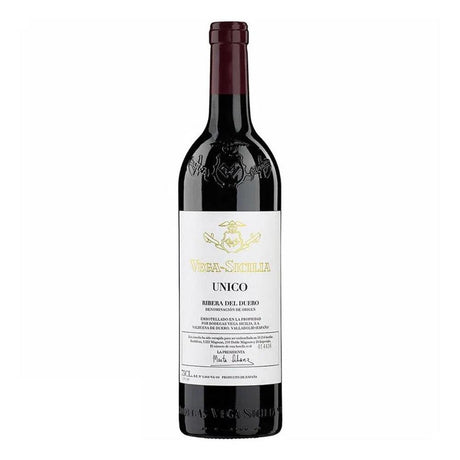How culture, memory, and marketing influence our drinking preferences
Our taste for a spirit isn't just based on the alcohol or the label; behind every preference lies a complex web of culture, memory, marketing, and biology. Why do some people love smoky whiskey, while others prefer sweeter spirits? Why do certain flavors remind us of specific moments, trends, or simply feel more pleasurable? Let's explore how the mind works when choosing what to drink, and what factors influence whether one spirit is more appealing to one person than another.Biology of taste and the senses
The human body detects five basic tastes: sweet, salty, bitter, sour, and umami. Sensitivity to each varies from person to person, and this directly influences which liquors they find pleasant or unpleasant. A recent study found that those with a greater aversion to strong flavors (such as bitterness) tend to consume fewer strong alcoholic beverages, seeking out milder alternatives.
There is also genetic evidence that those with a family history of alcoholism show a stronger preference for sweet flavors during their first experiences with alcohol.
Additionally, chemosensory sensitivity (how we perceive chemical flavors and the tactile sensation of alcohol in the mouth) also plays a role. The lower the tolerance to these stimuli, the greater the preference for spirits with less aggressive flavor profiles.
Culture and memory, the flavor that remembers
From childhood, we associate with certain flavors: candy, fruit, homemade baked goods, etc. These taste memories blend with new experiences, giving rise to very strong personal preferences.
For example, in many Latin American cultures, the strong flavor of mezcal recalls family festivities or rituals. In Spain , herbal liqueurs and fortified wines evoke after-dinner conversations with the elderly, extended meals, or social moments. These memories shape not only which liquor you prefer, but when you prefer it.
Furthermore, certain flavors become cultural symbols. Thinking of " Scotch whisky " may bring to mind fog, stones, and aged barrels; a reposado tequila evokes aromas of agave, wood, and sun; a Caribbean rum evokes coconuts, brown sugar, and sugarcane flavor. That emotional connection is powerful in deciding which bottle to choose.
Marketing, identities and perception
Marketing plays a decisive role in sensorially "labeling" a spirit: name, label, colors, illustrations, advertising message... everything communicates something even before the first sip. Seeing a label that says Reserva Especial , Barrica de Roble , or Edición Premium already creates expectations: that it will be smooth, complex, and valuable.
Label colors are influential: gold, matte black, and deep red convey luxury, strength, and mystery; light colors convey a fresh, light, and more accessible image. Product presentation often shapes the consumer's initial perception.
There's also the situational context: drinking at a party with dim lights, soft music, and friends is a stark contrast to a formal tasting. The atmosphere makes certain spirits feel "more appropriate." For example, someone might never order whiskey in a hot climate, but a chilled blanco tequila seems ideal.
Recent interesting facts
-
According to global beverage industry reports, the premium spirits category is experiencing significant growth: many younger consumers are willing to pay more for more complex sensory experiences.
-
In studies of Spain, with more educated populations, marked preferences are observed for fermented wines and distilled beverages, which vary according to region, showing that local culture still has a significant influence.
-
A preference for sweet foods is linked to a higher risk of overconsumption, although many consumers evolve from sweet tastes to more bitter or strong flavors with age.
By getting to know yourself a little better, you can find spirits that resonate with you:
-
Identify what bothers you : If bitter or strong flavors are uncomfortable for you, look for softer liqueurs with fruity or vanilla notes.
-
Explore your memories : flavors from childhood, special events, travels; liquors with similar aromas will likely appeal to you more.
-
Experiment with contexts : If you're in a warm climate, you might prefer something fresh (white tequila, gin and tonic, citrus-forward vodka); if you're in a cold climate, something more robust: whiskey, rum, cognac.
-
Don't just focus on the visual : label, bottle, presentation are important, but flavor and sensory experience defeat aesthetics if there is no coherence.
